When is it better to apply manure to the garden in the soil - in spring or autumn
Probably, every summer resident has heard that in no case should fresh manure be introduced under this or that crop (count almost all). Accordingly, logical questions arise:
- How then to use fresh manure?
- When to bring it to the garden?
- Is it worth waiting until spring, or can you add it in the fall?
Next, we will consider the timing of the introduction of fresh manure into the soil, as well as analyze the main methods of storage and aging (overheating).
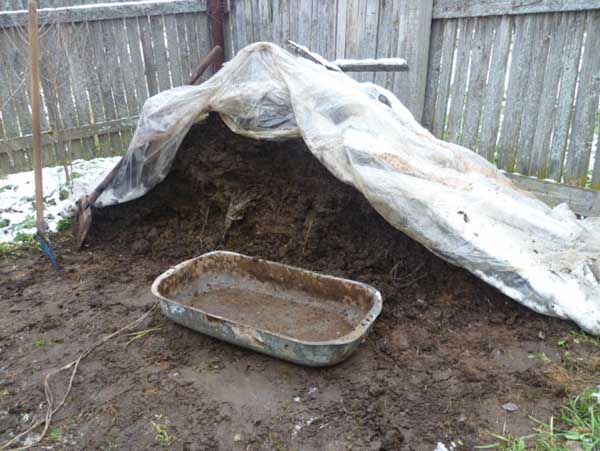
Content
When to Apply Fresh Manure - Spring or Fall
The optimal timing of application to the garden bed primarily depends on the age of the manure, more precisely, on the period of its exposure (storage):
- So, make fresh manure in the spring for digging, or even more so in the planting pits or holes for planting seedlingssince it has a strong inhibitory effect on the plant, which negatively affects root growth.Namely, the so-called "burning of roots" can occur (plant roots will simply "burn" due to the high temperatures that are formed during the decay of manure).
- And here even half-mature (lain from six months to a year) and even more rotted manure (1-2 years) - can, but it is best to use humus (3-4 years).
Accordingly, before using fresh manure as fertilizer, it needs to be prepared, or rather, wait until it is overmilled (at least halfway). Only in this case will it benefit, not harm your plants.
Placement of fresh manure in autumn for storage
It is believed that the storage of any organic fertilizers (including manure) leads to significant losses of nitrogen (ammonia), because it is simply washed away by melt water (after the snow has melted).
- It turns out that manure needs to be applied to the beds in the fall?
Not quite so ... The fact is that organic nitrogen very quickly becomes nitrate during warm autumn and heavy rainfall, and, as you know, the nitrate form of nitrogen is very easily washed out of the soil (to the point that nitrates can even get into groundwater).
So what to do with manure in the fall?
To avoid nitrogen loss, fresh manure must be stored (decayed) in one of the most convenient ways:
- Alternatively, in the fall, put it in plastic bags or just cover it with a film (from all sides, i.e. from the sides, bottom and top) so that moisture does not get inside (for example, under a canopy) and useful macronutrients do not evaporate.
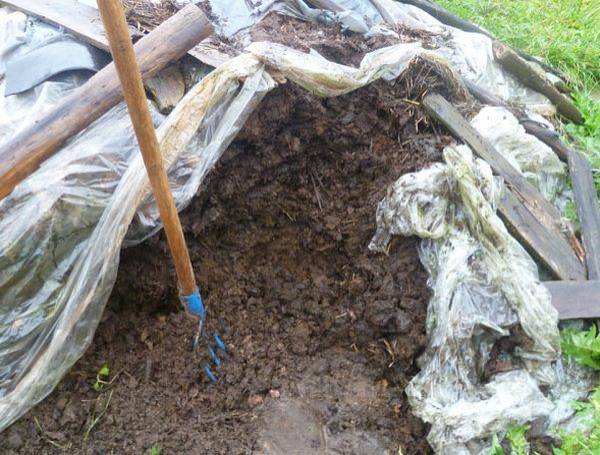
By the way! Fresh manure (such as horse bedding) can also be stored in polypropylene (sugar) bags. Naturally, in a place inaccessible to moisture.
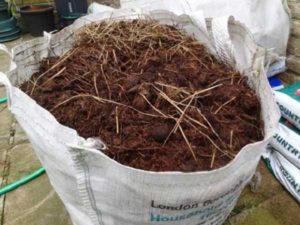
- Put in a barrel, cover with water and again cover with foil. As a result, you will get an excellent infusion (the manure will ferment).
Keeping manure or poultry manure in a barrel as a solution will minimize ammonia losses.
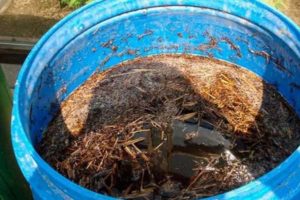
As a result, such half-year exposure (including freezing) will help nullify the presence of various hormones and antibioticsand will also lead to the death of most weed seeds (but not all) and harmful insect eggs.
And in the spring, it will already be possible to add semi-rotted manure to the soil (to the garden bed) before planting the main crops.
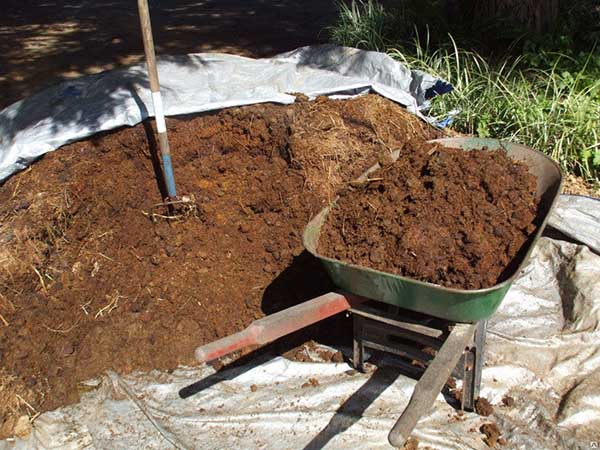
Manure composting
In general, the simplest ways of laying manure for composting (storage) in order to ripen (decay) were described above.
As a rule, for classical composting of manure they make a kind of "puff cake". Namely, between the layers of manure, straw or mown grass, peat and sawdust, and to accelerate the process of decay (maturation), they are additionally watered with a solution of one of the biological, more precisely, bacterial preparations (for example, Baikal EM-1).

Adding fresh manure in the fall to the garden
However, there is another opinion regarding the timing of the introduction of manure into the soil.
So, some believe that while the microflora is still alive in the soil in the fall, before frost it will have time to process organic matter into fertilizers that are digestible for plants and thereby increase soil fertility.
In general, in fact, most gardeners (and professional farmers) apply manure to the garden in the fall (just scatter it around the site) so that all pathogens and weed seeds die in it during the winter, and in the spring they plow the garden and immediately plant potato tubers, planted flower or vegetable seedlings. After all, this corny convenient, tk. in autumn there are much less worries (gardening) than in spring.
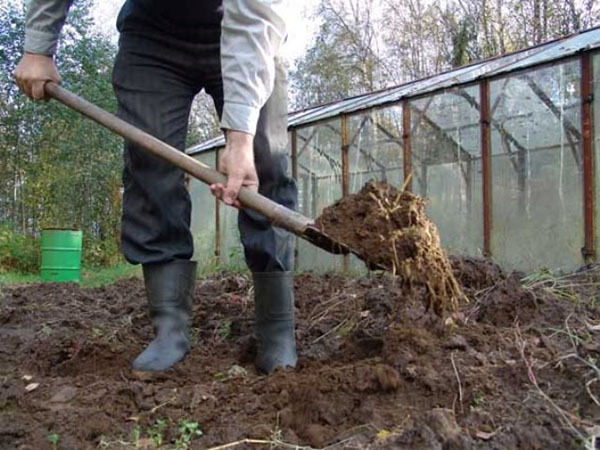
However! Keep in mind that keeping organic fertilizers for a long time in the air without digging in leads to some loss of nitrogen. However, the rest of the properties are not lost (including potassium, phosphorus and other microelements are not washed out and volatilized, and the positive effect on the beneficial microflora will not disappear anywhere).
Accordingly, if you want to save more nitrogen, then after you scatter fresh manure over the beds, you will need to plow them in the fall (incorporate the manure into the soil), and repeat in the spring - dig up the garden again.
You can do even more practical, namely on top of the manure mulch the beds with a thick layer of sawdust, straw or hayto protect the topsoil from erosion by precipitation (melt water), in other words, to retain most of the nitrogen.
In what cases can manure be applied in the fall without losing nitrogen
As we found out, during the autumn incorporation of manure into the soil, some nitrogen losses inevitably occur due to its volatilization in the air or due to washing out by precipitation (melt water = snow).
However, there are exceptions when it is possible and even necessary to apply manure directly to the garden in the fall:
- So, for example, in any protected ground under a permanent shelter (ie in a greenhouse or greenhouse) precipitation hardly gets, which means that nitrogen will not be washed out ... unless it evaporates if you do not embed it in the soil.
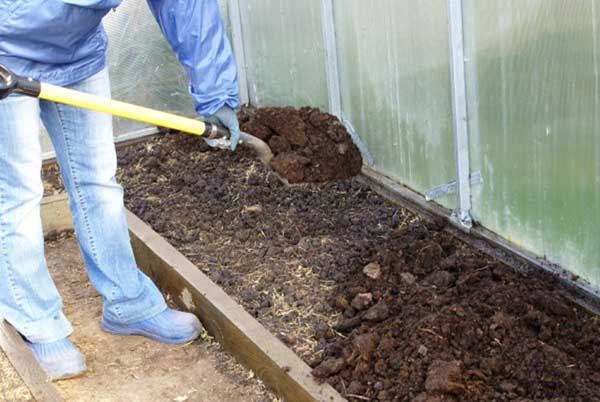
- If in winter you have almost no snow and the temperature is stable above zero.
When is it best to apply humus, granular bird droppings and manure
Another thing is humus (rotted manure), chicken manure in the form of dry granules, granulated horse manure. Such "stale" manure can and should be used immediately, more precisely, after purchase - in the spring and in the first half of summer (ie, in the first half of the plant's growing season, when it needs a lot of nitrogen).
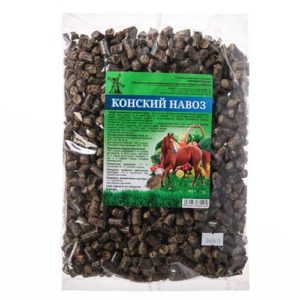
But also there is no point in bringing humus, granular manure, or dry chicken manure in the fallsince before spring and direct planting work, these organic fertilizers will simply lose some of the nitrogen (it will be washed out with precipitation, especially if you have well-drained soil). These are ready-made organic fertilizers, in fact, similar to mineral ones, they do not need to rot. Why deposit them in advance?
Important! But humus is great for mulching for the winter trunk circle perennial plants, the same trees and shrubs, as well as flowers.
Thus, it becomes obvious that in any case fresh manure in the fall must first be laid for composting or "aging". Another thing is that the methods may differ. Someone prefers to "withstand" the manure under cover (in bags) or in barrels, while others believe that it is better to immediately embed it in the soil so that it rotted right away in the garden.

